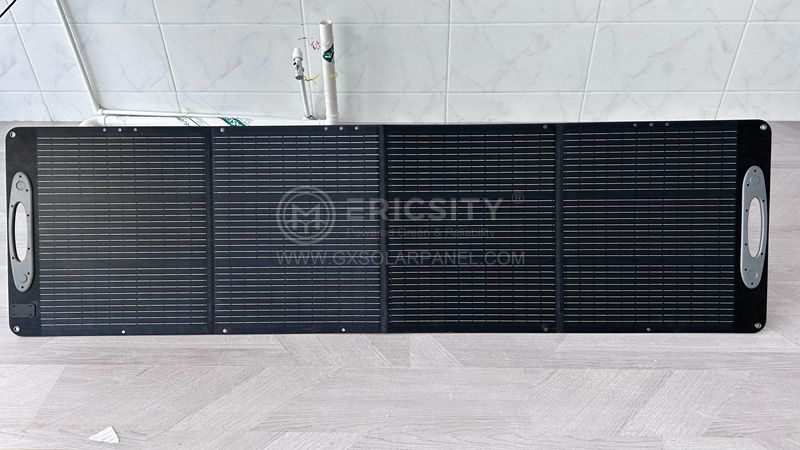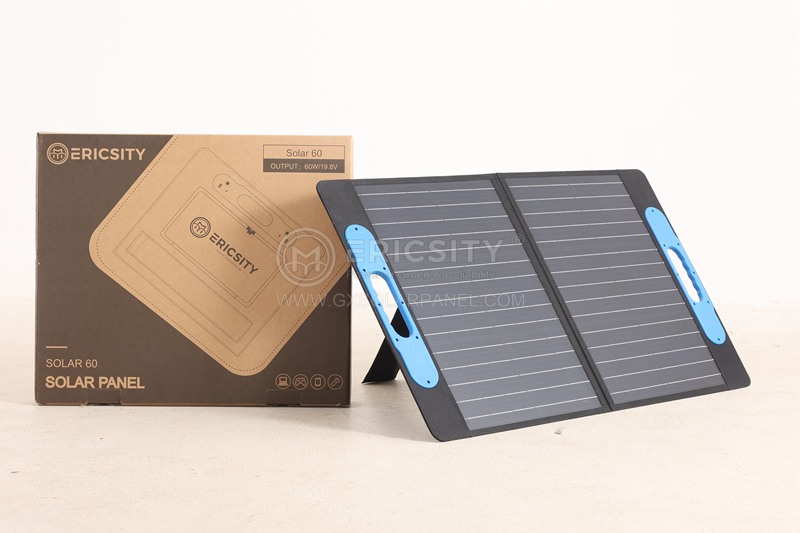HOT PRODUCT
Product Details
Evaluating Value: Factors Affecting 335 Watt Solar Panel Prices
Title: Evaluating Value: Factors Affecting 335 Watt Solar Panel Prices
Introduction:
With renewable energy becoming increasingly popular, solar panels have emerged as a viable and sustainable energy generation option. As the solar industry grows, understanding the factors affecting solar panel prices becomes pivotal for consumers and industry players alike. In this article, we will examine the various factors that impact the pricing of 335-watt solar panels, shedding light on their value and helping you make an informed decision when purchasing solar panels.
1. Technological Advancements:
One of the primary factors influencing the price of solar panels is the level of technological advancement. Over the years, solar panel manufacturers have made significant progress in terms of efficiency and durability. Higher efficiency panels, which optimize energy conversion, tend to come at a higher cost. However, they also generate more electricity over their lifespan, making them a valuable long-term investment.

2. Material Quality:
The quality of materials used in solar panel production greatly affects their price. High-quality materials, such as monocrystalline silicon, are more expensive but offer superior performance and longevity compared to lower-grade materials like polycrystalline or thin-film panels. Additionally, robust materials and components improve a panel’s ability to withstand harsh weather conditions, ensuring long-term durability.

3. Manufacturing Scale and Location:
The scale and location of solar panel manufacturing also play a significant role in pricing. Larger manufacturers often benefit from economies of scale, enabling them to produce panels at a lower cost. Additionally, manufacturing facilities located in regions with lower labor and production costs can offer more competitive prices. Solar panel buyers can leverage these variables to find the best value for their investment.
4. Government Policies and Incentives:
Government policies and incentives designed to promote renewable energy can directly influence solar panel prices. Tax credits, feed-in tariffs, and other incentives reduce the initial cost of solar panel installations, thereby encouraging adoption. However, the availability and generosity of these programs can vary across different jurisdictions, impacting the overall cost of solar panel systems.
5. Installation and Maintenance Costs:
In addition to the panel itself, installation and maintenance costs contribute to the overall price of a solar panel system. Hiring a professional installer and investing in high-quality installation equipment may incur additional expenses. However, professional installation ensures the system performs optimally, maximizing long-term energy generation and efficiency. Regular maintenance is also crucial for system longevity and should be factored into the overall cost of ownership.

Conclusion:
When evaluating the value and considering the purchase of 335-watt solar panels, multiple factors come into play. Technological advancements, material quality, manufacturing scale, government policies, and installation costs all influence the final price. Balancing these factors against budget constraints and long-term value can help consumers make an informed decision based on their unique needs and circumstances. As the solar industry continues to evolve, understanding these factors will become increasingly important for all stakeholders involved.




